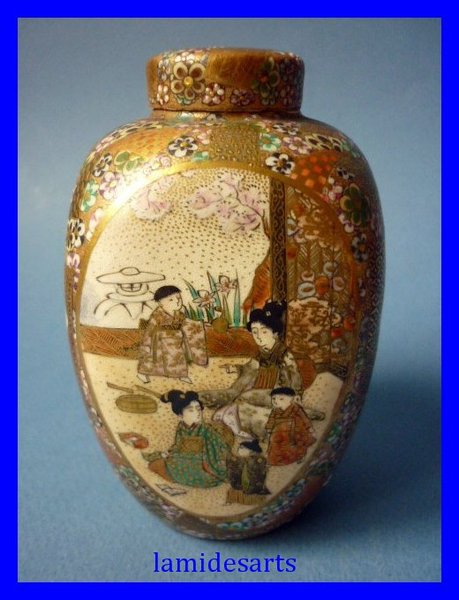vintage japanese satsuma vase sorted by
relevance
-
Related searches:
- breaking the quiet animopron
- Jennifer Holland nackt
- nico robin pixxx
- sarah rafferty boobs
- starije zene traze muskarce
- will nicht mehr leben tumblr
- ausschlag im gesicht und hals
- mila ne demek
- proszalvimidd: kurze hose dicke oberschenkel
- Lisa Gorlitsky nackt
- manyvids account: sexyschooki
- milf ficken gif
- coomeet chat online
- mia and me film deutsch

Admin24.07.2021
4606

Admin17.08.2021
5705










